NLP techniques
Recognising and developing your senses
Associating with the experience
NLP techniques throughout this website will refer at times to your senses: to seeing mental pictures, hearing sounds, being aware of your feelings, smell and taste.
The more you associate each of your senses with an experience, the more you re-experience it and the more effective it will be, for example, in creating NLP anchors.
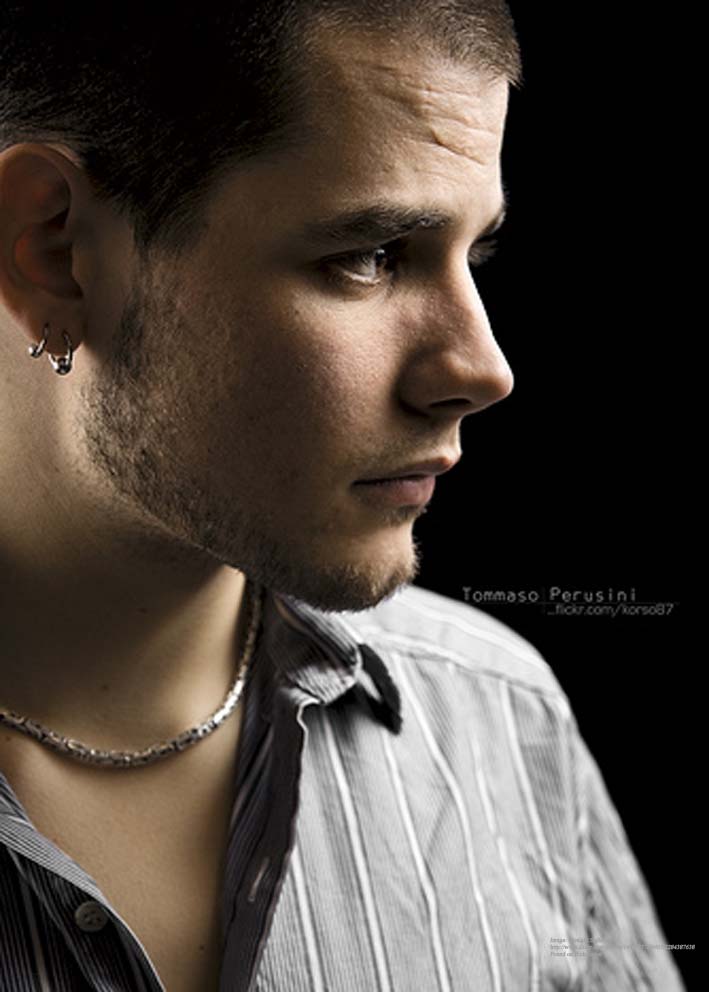
You must learn to heed your senses. Humans use but a tiny percentage of theirs. They barely look, they rarely listen, they never smell, and they think that they can only experience feelings through their skin. But they talk, oh, do they talk.
Making the image
When you ask someone to make a mental picture, a few people say they cannot do it. Think about that for a moment.
Can you make a mental picture? Try remembering the colour of your front door. Imagine what your favourite food looks like. Can you do that? Most people won’t have a difficulty with those requests.
It stands to reason though, doesn’t it, that we all make mental pictures or we would not be able to find our way home. We wouldn’t know where our house was and we wouldn’t know what it looked like.
NLP techniques – pictures and gestures
I expect you know the saying, “A picture paints a thousand words”. Whenever I have been presenting a case in court, I take every opportunity to produce a picture or to use gestures with a witness.
The gesture, of course, is for two reasons, one to form a picture in the court or jury’s mind and, secondly, to analogue mark (or anchor) the point I am making.
The more vivid the picture I can make, the more impact it will have upon those who have visual preferences. You see, although we each have the same senses, and whilst we use them all, some of us respond better to one sense than another. So if your preference is visual, a picture may have the greatest impact upon you.
NLP techniques - preferences
As a court advocate it is important for me to use techniques that impress themselves upon those who have preferences, particularly, for sound and feelings.
If I wish to draw attention to an impact that the defendant’s car had with my client’s car, in addition to any visual gesture I will tend to describe it as “crashing into”, or better still “smashing into” rather than “colliding with”, at the same time emphasising the words “crash” and “smash”.
It will be of equal value to draw out the witness’s feelings about the collision and how he felt afterwards. By emphasising the pictures, the sounds and the feelings, I will thus cover the range of preferences that the listeners’ have. If it is possible to bring in tastes and smells, so much the better.
NLP techniques - metaphor
One of the great advantages of metaphor is the ability of a good story-teller to evoke strong mental pictures, sounds, feelings and even tastes and smells in the mind of the listener.
We have all experienced hearing someone describe delicious food only to feel the saliva building in our mouths at the same time.
Our senses are extremely powerful, and the more we use all of them the greater our perception is likely to be. Try carrying out some experiments yourself, first of all, to improve your visualisation or mental image.

NLP techniques - exercises
Look at any object that happens to be near you as you are reading this. Notice its colour and shape. Close your eyes. Once you have closed your eyes, think about and remember the image of the object.
Think about its colour. Was it light or dark in colour? In your mind’s eye brighten the colour and make it more vivid. Imagine a shadow falling over the object and see what that does to the colour. Now imagine the sun shining upon the object and see how much brighter it becomes.
NLP techniques – closer and farther
In your mind’s eye bring the object closer so that it becomes bigger. Again, in your imagination, bring it right up close to your face. Does it make you feel any different?
Now try mentally pushing it away and make it smaller as you do so. See the colour drain from it as it recedes. Does that make you feel different still?
By doing this, you will learn how to control images that you make. Imagine yourself floating out of your body and looking at the object directly from above and from different angles. You could also imagine yourself lying on the floor looking up at it.
Whilst writing this page, I carried out this exercise myself with a mug that is standing on my desk. It has a handle and is blue on the outside and a rusty-pink sort of colour on the inside. It is also less than half full of tea.
NLP techniques – changing the angle
In addition to those angles mentioned above, I tried mentally turning the mug inside out and upside down. The different images and feelings I was able to experience were quite remarkable, although I couldn’t help but see tea pouring all over my desk when it was upside down!
As a hearing experiment I also tried tapping my fist on my desk, closing my eyes and recreating the sound in my mind, first, as it was and then louder and gradually softer. I imagined the sound inside the room and then coming from outside the room.
You can try this exercise yourself in a variety of ways. I tapped my fist upon the desk. You may choose to remember a piece of music or the sound of the voice of someone you know. Get your memory to recall the sounds at different volumes and from different directions.
NLP techniques – the brain remembers
We also remember our feelings. Those of you who are regular gym goers and do weight training know how it works.
When you move up a weight and perform a few reps of an exercise, at first it seems more difficult. Tomorrow and the next day it seems slightly easier and you are able to perform a few more reps.
Soon, the weight feels comfortable and you are able to move up another notch. Gradually, your brain remembers lifting at that weight and builds muscle to strengthen you.
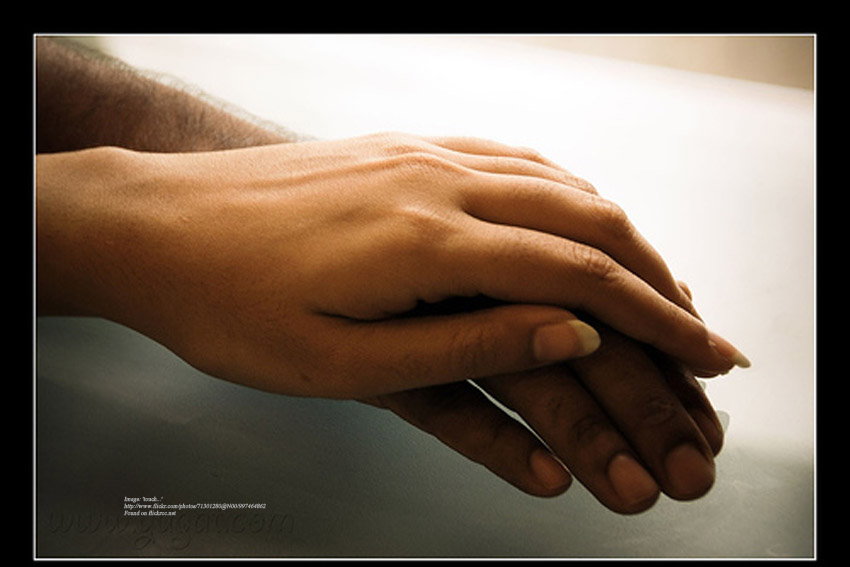
NLP techniques - touch
We all understand touch. If when you speak to someone you touch them on the arm, there is an immediate feeling of warmth between you.
Try sitting down and thinking which parts of your body are touching what, and then consider if any parts of your body are particularly comfortable or uncomfortable. Which parts of your clothes are touching where?
Now that you understand a little more about your senses, when you are performing any exercises for an NLP technique that you read about on this website, try to utilise as many of those senses as you can. Intensify and diminish them as appropriate and see how you can affect your feelings in any given instance.
Gain FREE access to my self-confidence video
To gain free access to my self-confidence video enter your email address and first name in the box below. This will also keep you up-to-date with my free newsletter Inspirations.
As a bonus for subscribing you'll receive the first three chapters of my book Towards Success, where you can learn more about NLP techniques, from Anchors to Modelling, and my 50 favourite inspirational quotations.
Return from NLP techniques - Recognising and developing your senses to
The Secret of Mindpower & NLP Home
Return to Site Search & Contents Page
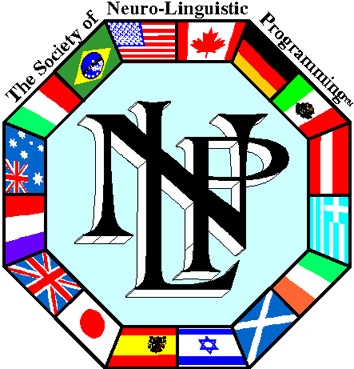
Change your life in just 5 weeks
Discover the pathway to success with my online video course. Learn more

Download NEW ebook Your Genius Within and find out how to uncover your own inner genius

NLP Articles
- Anchors
- Anchors explained
- Anger Management tips
- Anxiety Panic Attacks
- Beating disappointment
- Beating drug addiction
- Best self-help book
- Big events
- Body control module
- Body language attraction
- Body language flirting
- Body language in communication
- Body language interpretation
- Body language of a liar
- Body language signs
- Boost self-confidence
- Building Rapport
- Changing bad habits
- Changing beliefs
- Changing States
- Children
- Christmas (Holidays)
- Christmas & New Year greetings
- Chronic pain management
- Conquering Fear
- Crohn's Disease
- Cure for a Phobia
- Deal with your fear
- Deletion
- Determining your destiny
- Developing your senses
- Disaster to Triumph
- Distortion
- Drawing the line
- Embedded Commands
- Enthusiasm
- Exams
- Expecting the Best
- Expert Relationship Advice
- Eye accessing cues
- Fear of driving
- Fear of elevators
- Fear of flying
- Fear of the dentist
- Fear of vomiting
- Fear, Mental Blocks & Hesitation
- Fear, Uncertainty and Doubt
- Fight or flight response
- Finding Solutions
- Forever Worried?
- Friendly persuasion
- Generalisation
- Get the life you want
- Getting lucky
- Getting over your past
- Goal Setting Tips
- Goal Setting Tools
- Goal Setting Tools, More
- Great self-help books
- Grief
- Happy retirement
- Healthy Mind
- High blood pressure
- How long will I live?
- How to be lucky
- How to read body language
- Hypnosis & NLP
- Hypochondria
- Imagining perfect performance
- Improving speed reading
- Instant Mood Lift
- Interviews
- Knowing yourself
- Learn NLP
- Life Values
- Maintaining weight loss
- Make you thin
- Making it happen
- Managing change
- Meddling Mom
- Meeting People
- Mental rehearsal techniques
- Meta Model
- Metaphor
- Modelling
- Modelling Genius
- More NLP techniques for weight loss
- NLP Books
- NLP Courses
- NLP Practitioner Course
- NLP Master Practitioner Course
- NLP Secret
- NLP jargon buster
- NLP Modelling helped me
- OCD symptoms
- OCD treatment
- Overcoming low self-esteem
- Overcoming stage fright
- Pacing & Leading
- Persuasion
- Presuppositions
- Presuppositions (2)
- Problem solving
- Public Speaking
- Reaching agreement
- Reframing
- Self-confidence
- Self limiting beliefs
- Self-image
- Sportsmen Guide
- Stage fright tips
- Stammering
- States
- Stop binge eating
- Stop Smoking
- Subliminal Persuasion
- Success Principles
- Techniques for persuasion
- Techniques for weight loss
- The meaning of NLP
- Time & NLP
- Towards
- Towards & Away
- Ulcerative colitis
- Weight Loss
- Weight loss techniques
Articles on HYPNOSIS:
- Big events
- Conversational Hypnosis
- Covert hypnosis
- Deepening self-hypnosis
- Depression Hypnosis
- Handshake interrupt
- How to do self-hypnosis
- How to hypnotise your audience
- Hypnosis and Weight Loss
- Hypnosis NLP
- Hypnosis: Right or Wrong
- Hypnosis Stories
- Hypnotic language
- Hypnotism Stories
- Hypnosis story for you
- Hypnosis to quit smoking
- Instant self-hypnosis (age regression)
- Practical self-hypnosis
- Self-Hypnosis
- The Milton Model
Articles about THE SECRET of:
- Abundance Mentality
- Achieving more
- Beating Domestic Violence
- Being bothered
- Being Happy
- Best Self-help Book
- Conquering road rage
- Coping with criticism
- Dealing with pride
- Defeating stress
- Discover the secret of wealth
- Genius
- Getting off to sleep
- Getting over a break up
- Getting over your temper tantrum
- Health
- How to deal with grief
- Imagination
- Influence
- Love
- Making Money
- Managing others
- Memorising a Deck of Cards
- Memory
- My Success
- Organising Memory
- Overcoming tiredness
- Overcoming worry
- Perpetual energy
- Remembering
- Secret Law of Attraction books
- Sleeping well
- Speed Reading
- Super Memory
- Surviving a recession
- Surviving negativity
- The Secret Law of Attraction
- Towards
- Teachers of the Secret
- Waiting for God
- Wealth Building
- Weight Loss
Articles about COACHING:
- Barriers to effective communication
- Communication
- Executive Business Coaching
- Feedback
- Free interview tips
- Free Life Coaching
- Goal Setting Tips
- Goal Setting Tools
- Goal Setting Tools, More
- Life & Executive Coaching
- Personal Development Plan
- Problem solving
- Success Principles
- The Secret of my Success
- Time Management
Articles on GENIUS and MIND POWERS:
- Activating genius
- Become a genius
- How long will I live?
- Mind Powers
- Misty Reflections
- Modelling Genius
- The Secret of Genius
Articles about MEMORY:
Articles about RELATIONSHIPS:
- Beating domestic violence
- Body language flirting
- Expert relationship advice
- Healthy family relationships
- Hurt feelings
- Love
- Relationship problem advice
- Signs of true love
- The secret of getting over a break up
Articles on WEALTH:
Articles on WEIGHT LOSS:
- Best Weight Loss Plan
- Body control module
- Easy weight loss
- Hypnosis and Weight Loss
- Maintaining weight loss
- More NLP techniques for weight loss
- NLP techniques for weight loss
- NLP techniques to make you Thin
- NLP weight loss techniques
- Stop binge eating
- The Secret of weight loss
- Weight control help
- Weight loss tips
- Why have I lost weight?
Articles on SECRET and INSPIRATIONAL TEACHERS:
- Bill Harris
- Bob Proctor
- Dr John F DeMartini
- Hale Dwoskin
- Jack Canfield
- Joe Vitale
- John Assaraf
- Lisa Nicholls
- Michael Bernard Beckwith
- Stephen R Covey
Real Women of Genius Articles:
Real Men of Genius Articles:
- Abraham Lincoln
- Albert Einstein
- Antoni Gaudi
- Carl Jung
- Charles Darwin
- Charles Dickens
- Christopher Wren
- Confucius
- George Washington
- Hannibal
- Horatio Nelson
- Isaac Newton
- Julius Caesar
- Lawrence of Arabia
- Leonardo da Vinci
- Michelangelo
- Mohatma Gandhi
- Napoleon Bonaparte
- Nicolas Copernicus
- Oscar Wilde
- Rembrandt
- Robert Burns
- R L Stevenson
- Socrates
- Walt Disney
- William Shakespeare
- Wolfgang Amadeus Mozart






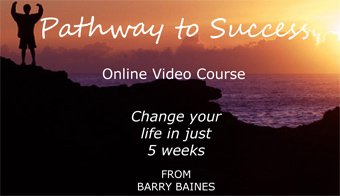
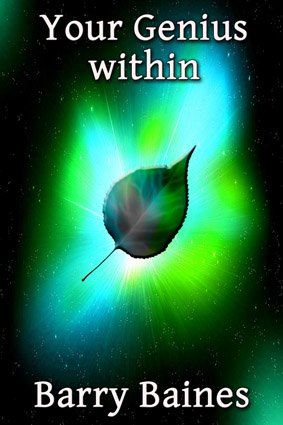
New! Comments
Have your say about what you just read! Leave me a comment in the box below.